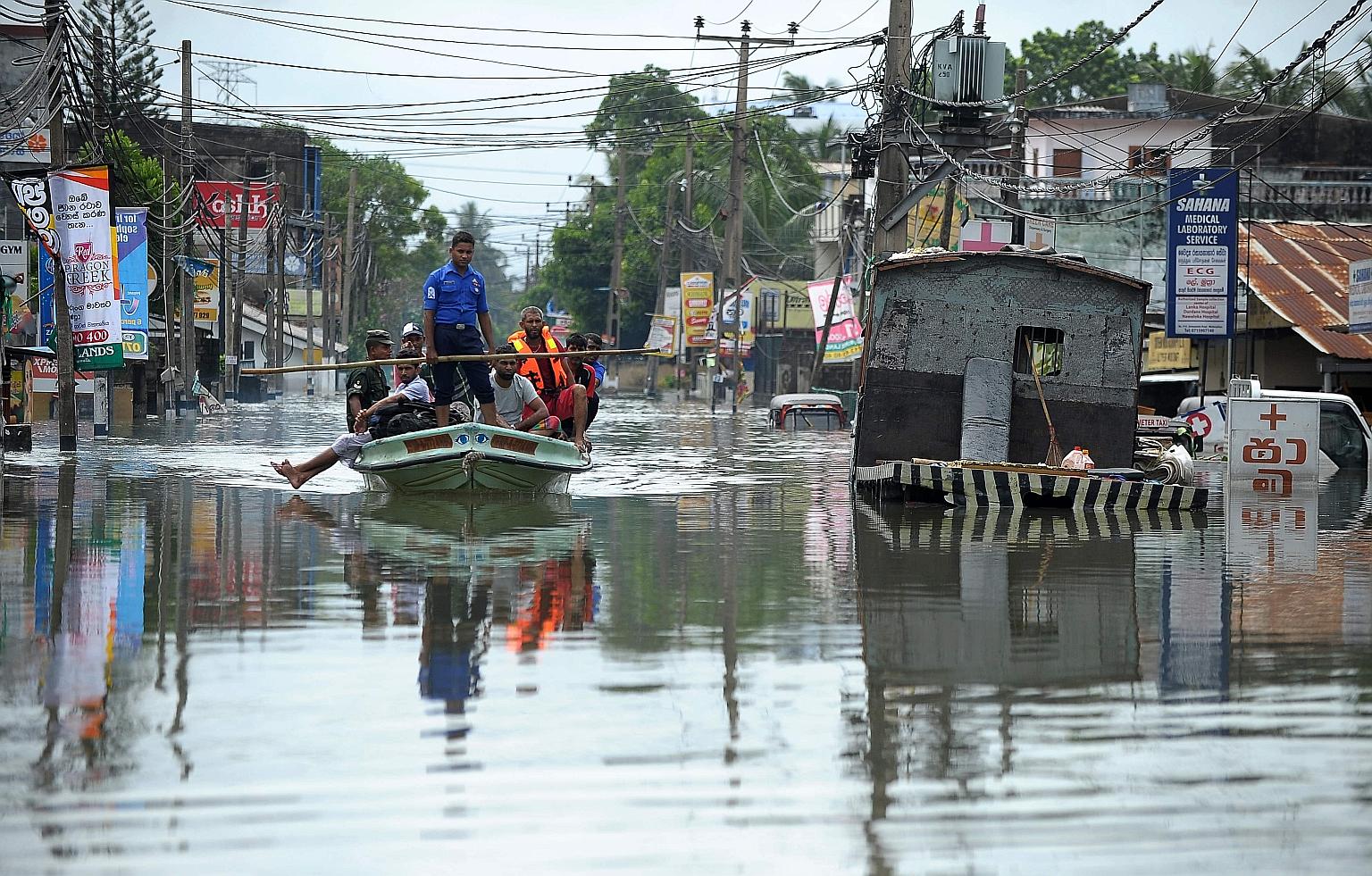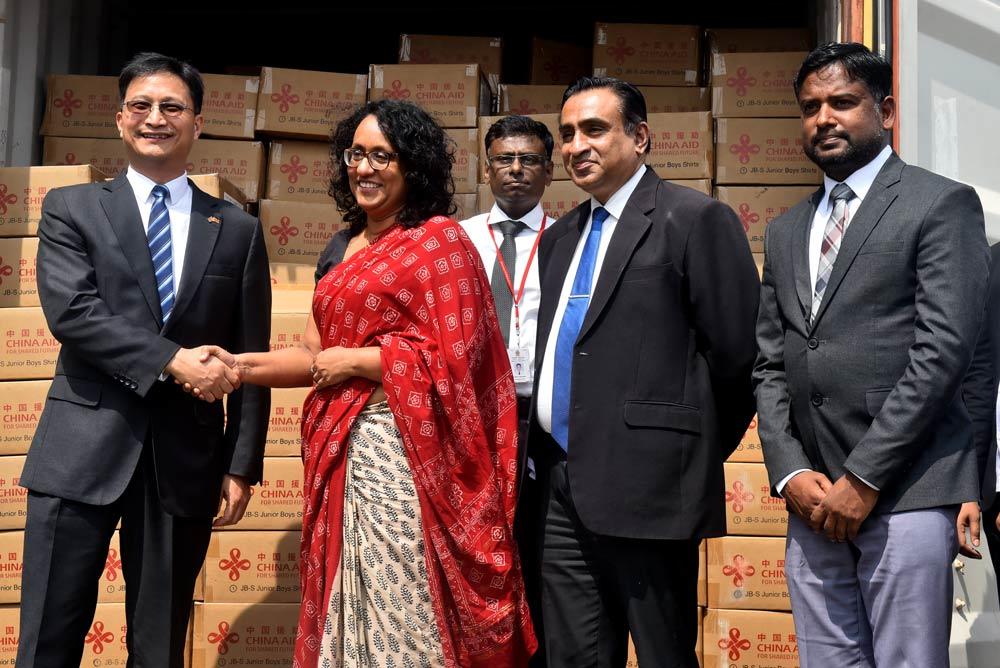Sri Lanka is currently grappling with severe weather conditions that have wreaked havoc across the island, causing widespread disruptions. Torrential rains, widespread flooding, and landslides have affected several regions, displacing thousands of people and leading to significant damage to infrastructure.
Torrential Rain and Flooding
The island nation has experienced an unrelenting series of monsoonal rains, which have resulted in severe flooding in low-lying areas, particularly in the central and southern regions. Roads, homes, and agricultural lands have been inundated, and local authorities are working tirelessly to provide shelter and aid to those affected. The heavy rainfall has overwhelmed drainage systems, leading to urban flooding in major cities, including the capital, Colombo.
Landslides and Evacuations
In addition to the flooding, the torrential rains have triggered several landslides in mountainous regions, particularly in the central highlands, where steep slopes are prone to collapse during heavy rains. These landslides have buried homes, blocked roads, and further hindered rescue operations. Authorities have issued evacuation orders for residents in high-risk areas, as experts warn that the rainfall is expected to continue in the coming days.
Impact on Agriculture and Livelihoods
The ongoing weather conditions have dealt a severe blow to Sri Lanka’s agriculture, with significant damage reported to rice paddies, vegetable farms, and plantations. The floods have submerged crops, while landslides have destroyed vital agricultural infrastructure. Farmers face massive losses, and the country’s food security has been brought into question as the heavy rain continues to disrupt harvests.
Government and Relief Efforts
The Sri Lankan government, along with local relief organizations, has mobilized efforts to support the affected communities. Emergency response teams have been dispatched to conduct rescue operations, while temporary shelters have been set up for displaced individuals. The government has also allocated funds for immediate relief and rehabilitation.
The meteorological department has issued continuous warnings about further rains and possible more flooding, urging citizens to stay alert and take necessary precautions.
Long-Term Solutions
The extreme weather events highlight the vulnerability of Sri Lanka to climate-related disasters. Experts are calling for more robust infrastructure and better disaster preparedness to mitigate the effects of such natural hazards in the future. Coastal areas and mountainous regions need to be better protected, and early warning systems must be enhanced to prevent loss of life and property in the future.
In conclusion, while Sri Lanka faces immediate challenges due to the ongoing bad weather, the resilience of its people and the coordinated efforts of government and aid organizations are helping to mitigate the impact. As the country navigates through this crisis, long-term solutions must be pursued to ensure better preparedness for such extreme weather events in the future.


